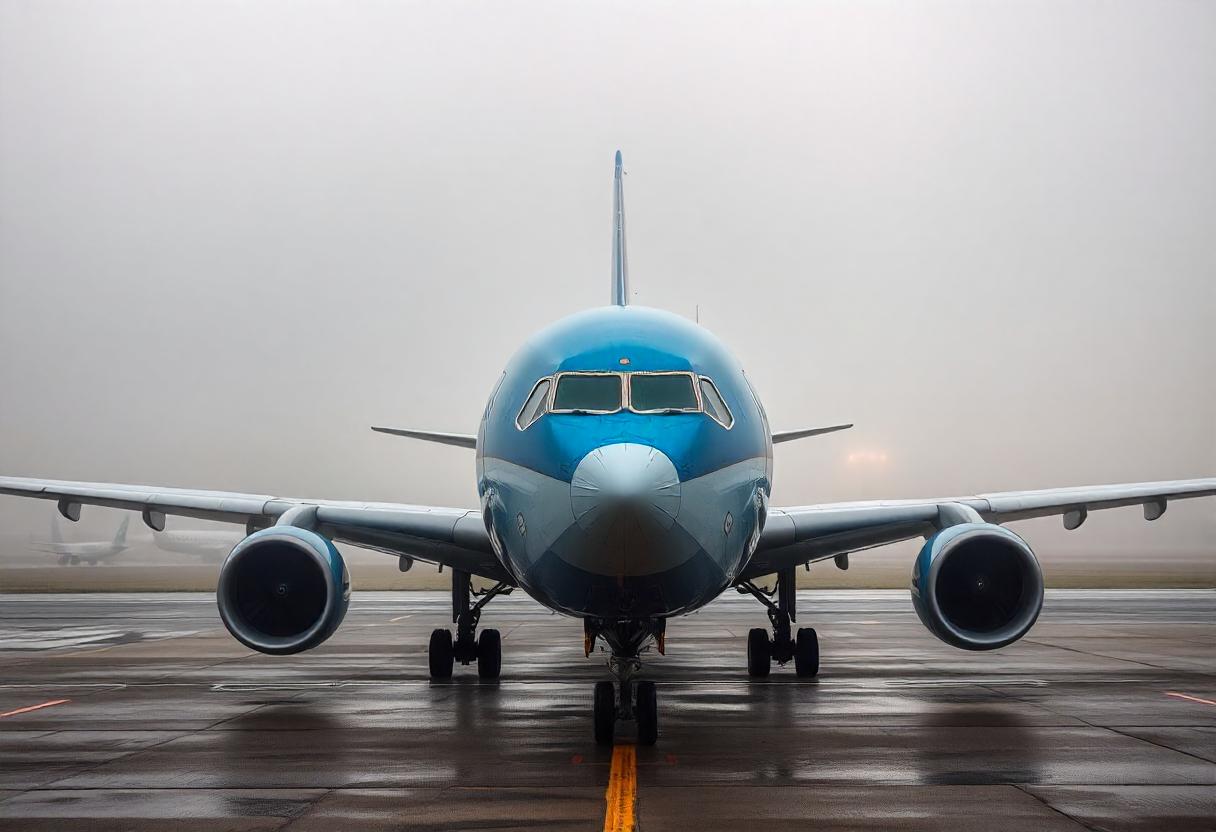Travel
From Washington, D.C., and Baltimore to Philadelphia and New York City Experiencing Travel Chaos as Mid-Atlantic and Northeast US Regions Suffer from Frosty Winter – Travel And Tour World

Friday, December 6, 2024
As the winter season deepens, the mid-Atlantic and Northeast regions of the United States brace for significant weather disruptions. An Arctic cold front is forecast to move across the area this Thursday, bringing a series of snow squalls that are expected to create hazardous travel conditions for commuters and travelers alike. The National Weather Service (NWS) has issued warnings for intense bursts of heavy snow, icy roads, and gusty winds reaching up to 50 mph, with snow squalls likely to cause whiteouts, making travel extremely dangerous.
According to forecasts from private weather service AccuWeather, the most affected areas will include regions along the Interstate 95 corridor, from Washington, D.C., and Baltimore to Philadelphia and New York City, where snow squalls are expected to hit during the morning rush hour. The storm is expected to continue its path toward Hartford, Connecticut, and Boston, with Portland, Maine, also under threat around midday.
These sudden weather events, typically lasting less than an hour, can rapidly transform otherwise clear roads into icy hazards. The National Weather Service describes snow squalls as brief but intense weather phenomena that bring not just heavy snowfall, but also gusty winds that cause sharp drops in visibility. Although the snow accumulation from these squalls may be relatively minor—often less than an inch—travelers should be prepared for sudden conditions that can quickly escalate into dangerous driving situations.
While the accumulation may not seem significant, the sudden transition from rain showers to snow showers can make driving conditions treacherous within minutes. Roads that were previously dry can turn slippery, and bridges and overpasses are particularly vulnerable, as they tend to freeze more quickly than other surfaces. With strong winds, there is also the risk of downed tree branches, power outages, and flying debris, all of which can contribute to further disruptions.
For the travel industry, this weather phenomenon presents a range of challenges. Airlines, buses, and other travel providers will need to anticipate delays and cancellations as the storm moves across the region. The aviation industry, in particular, could see an uptick in disruptions as airports along the I-95 corridor struggle to maintain operations. Snow squalls can affect visibility and make runway conditions dangerous, which can lead to flight delays, diversions, or cancellations.
In addition to the immediate impact on transportation, snow squalls may also lead to longer-term disruptions. If power outages occur due to fallen trees or power lines, hotels, restaurants, and other travel-related services may need to adjust operations or temporarily close. Businesses dependent on tourism and travel may face a decline in visitor numbers due to the hazardous weather conditions, especially those in areas where snow squalls are expected to cause the most disruption.
For travelers heading to or from the affected regions, it is essential to monitor weather forecasts closely and plan ahead. Travelers should expect potential delays and disruptions, and should consider allowing extra time for their journey, especially if they are planning to travel during peak hours when the snow squalls are expected to hit. The NWS and local meteorologists have advised travelers to stay updated on weather alerts and be prepared for sudden changes in conditions.
Also Read: New Arctic Blast Hits Midwest: Severe Snow and Cold Disrupt Holiday Travel Across Key US Regions
In response to these warnings, various travel companies are taking proactive measures. Airlines have issued travel advisories, with some offering flexibility for passengers looking to change their travel plans ahead of the storm. Other transport providers, including Amtrak, are preparing to implement contingency plans to deal with the expected weather disruptions. Local government agencies are also taking steps to prepare for the storm, with road crews working to treat highways and clear snow as quickly as possible.
The snow squall event also highlights the broader impact of extreme weather events on the travel and tourism industry. As climate change continues to cause more frequent and severe weather phenomena, businesses in the travel sector will need to adapt to the increasing unpredictability of weather patterns. Industry stakeholders, from airports to hotels, must invest in resilience measures and develop contingency plans to mitigate the impact of severe weather events on operations.
For those planning to visit regions in the Northeast and Mid-Atlantic, winter travelers should pack with the possibility of winter weather in mind. Dressing in layers, keeping an emergency kit in the car, and ensuring that vehicles are properly winterized can help ensure that travelers are ready for whatever conditions arise. It’s also advisable for tourists to check ahead for any road closures or disruptions to public transit systems, especially if they are relying on trains or buses for transportation.
Winter tourism, while popular in some areas for its scenic beauty and winter sports, also presents its own set of challenges. Areas that rely on winter tourism, like ski resorts and mountain destinations, must contend with extreme weather conditions that can limit accessibility or even close facilities temporarily. These destinations should communicate clearly with potential visitors about any disruptions caused by snow squalls and encourage them to check local conditions before traveling.
Overall, the upcoming snow squall event underscores the critical need for travelers to stay informed and prepared. Travel-related businesses, particularly those in the affected regions, must ensure they are ready to handle disruptions efficiently, keeping passengers safe while minimizing the impact on their operations.
Read Interviews from Global Travel Industry Leaders, here.
Read Travel and Tour World B2B Digital Multilingual Magazine, here.
Want to showcase your event on Travel And Tour World, List your event here.
Read our Exclusive Travel Blogs here.











